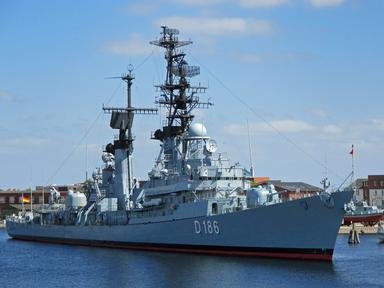Quiz Answer Key and Fun Facts
1. The first Soviet ekranoplan was known by its Soviet designation 'KM'. How do these initials translate into the English language?
2. After the US Central Intelligence Agency had first revealed the existence of the KM, a new unmanned drone system was allegedly designed and built to monitor its development. By what name was this system known?
3. The term used to describe the physical forces that keep the ekranoplan airborne is known as the Coriolis Effect. True or false?
4. The head of the Soviet Central Hydrofoil Design Bureau, Rostislav Evgenievich Alexeyev, was a highly experienced engineer and designer in which field?
5. The only example of the KM ever built was operated by the Soviet Navy on which inland sea, the world's largest?
6. The MD-160 ekranoplan is known as 'Lun' in Russian. To which of the following names does the word 'Lun' translate into English?
7. The Soviets operated the ekranoplan over solid ground as well as over water. True or false?
8. Unlike many aircraft designed to operate over water, the Lun was powered by jet engines. In which unusual location on the vessel are these engines located?
9. In its primary military role, the MD-160's offensive armament consisted of which type of weapons?
10. Although it was never built, the United States also designed a huge transport GEV. Which of the following names was given to this design?
Source: Author
SisterSeagull
This quiz was reviewed by FunTrivia editor
stedman before going online.
Any errors found in FunTrivia content are routinely corrected through our feedback system.
